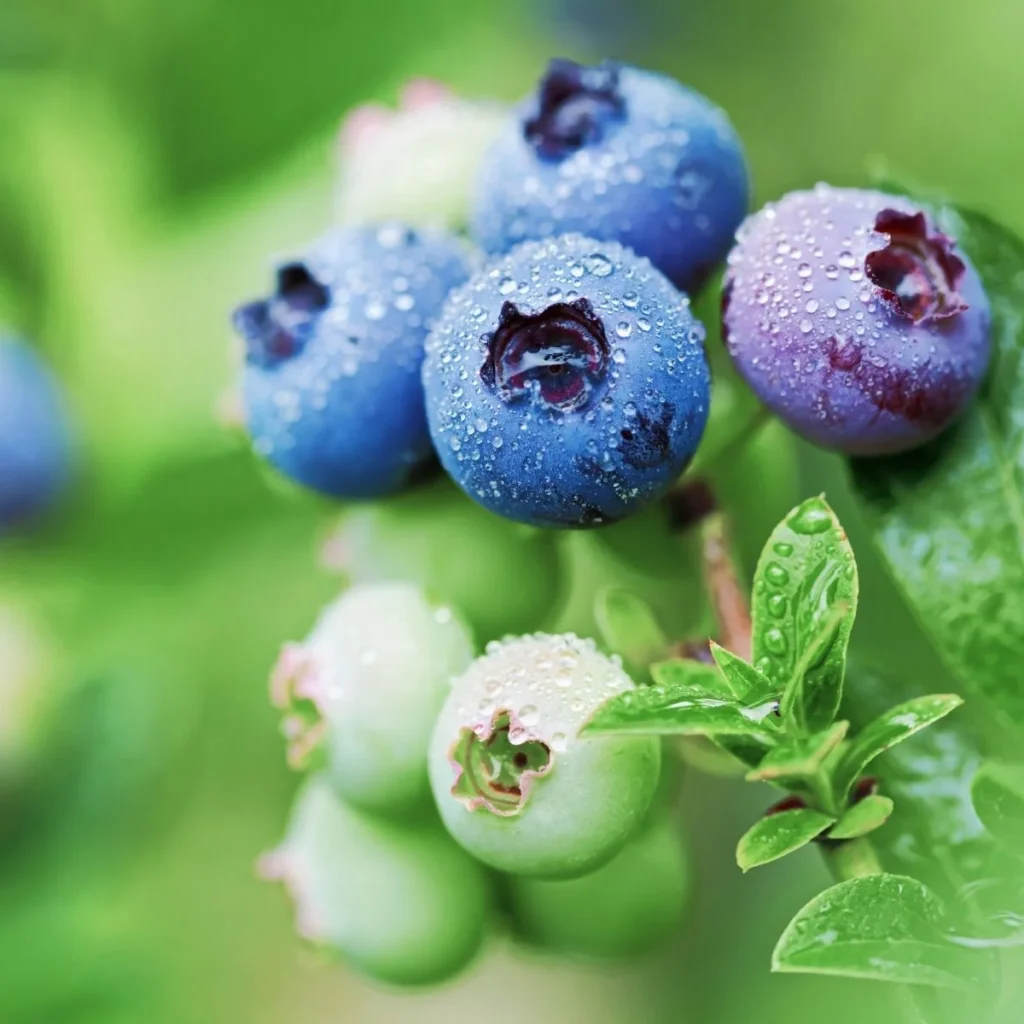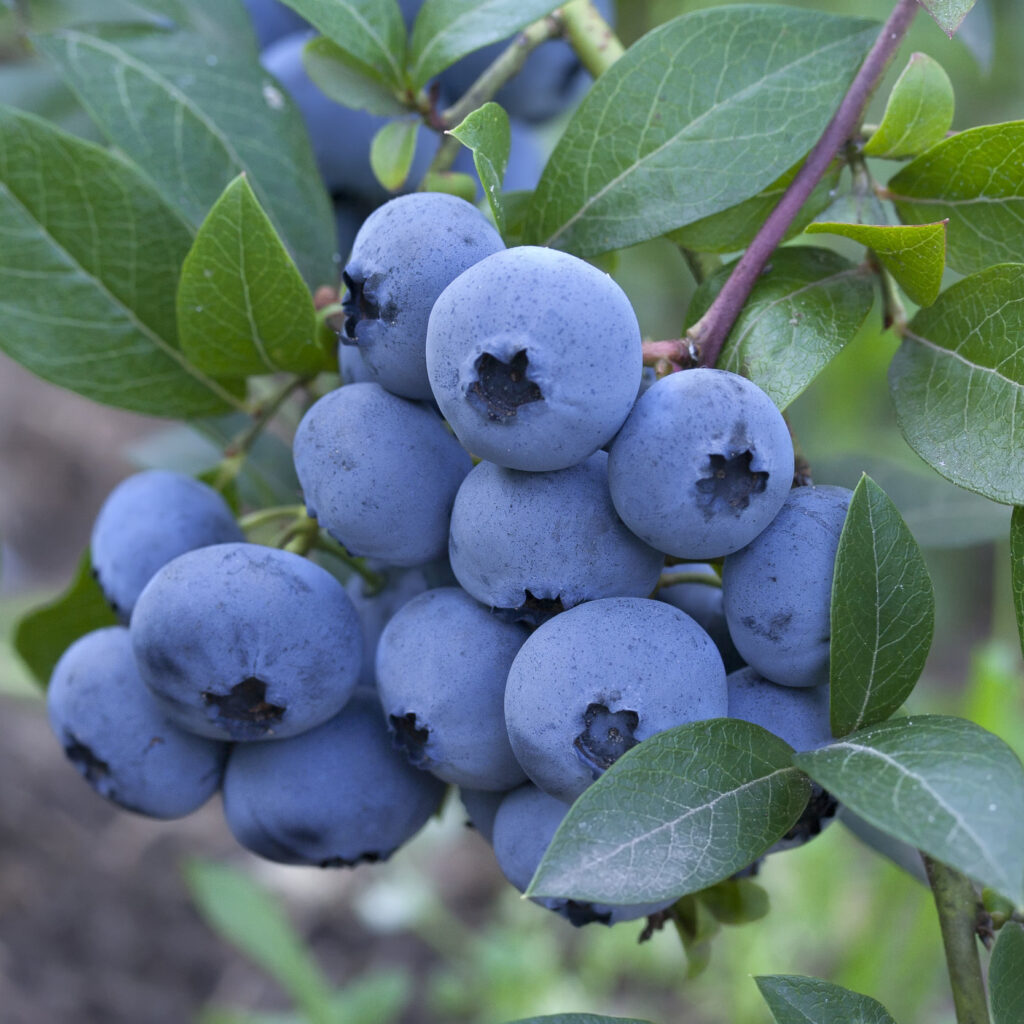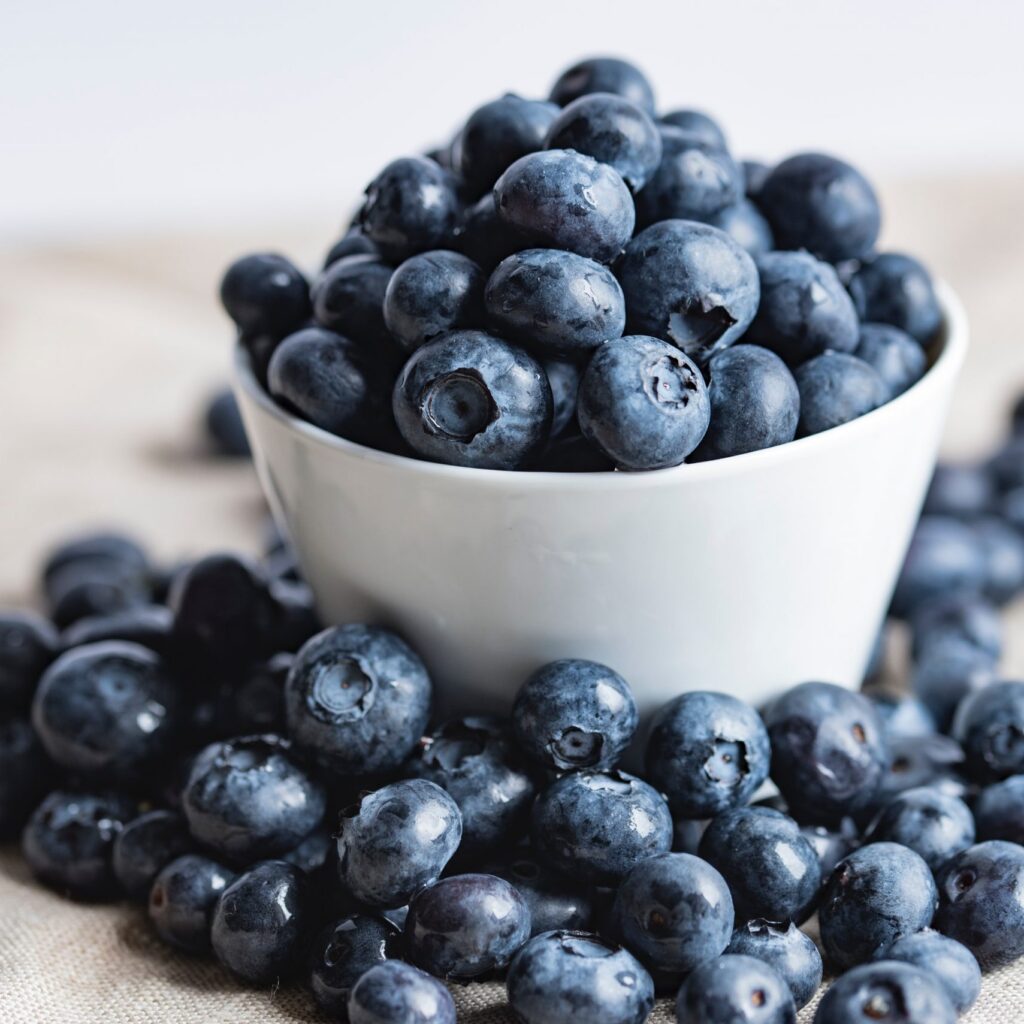Blueberries have rapidly risen to global fame as one of the world’s most sought-after superfoods. Revered for their antioxidant properties, anti-aging benefits, and rich nutritional profile, blueberries are now a staple in health-conscious diets across the globe. With rising demand for fresh, frozen, and processed blueberries, their cultivation has expanded far beyond their native North America. But which nation dominates the global blueberry scene?
In this detailed article, we uncover the answer to the question: Which country is the largest blueberry producer in the world? From global production trends and regional cultivation practices to the economic impact and future outlook, this article provides an in-depth look at the world of blueberries.
The Blueberry Boom: Global Context

Blueberries belong to the genus Vaccinium, and they grow best in acidic soils with temperate climates. Once primarily a North American crop, blueberries are now grown across six continents. Thanks to growing awareness of their health benefits and evolving dietary habits, the global blueberry market is expanding at a CAGR of over 6–8%, with total production exceeding 1.8 million metric tons annually.
In this booming market, China has recently overtaken other producers to become the largest blueberry-producing country in the world.
1. China: The New Global Blueberry Giant

➤ Production Volume
China has surged ahead in the blueberry race, producing more than 525,000 metric tons of blueberries annually, according to data from the International Blueberry Organization (IBO). This accounts for over 28% of global blueberry production.
➤ Rapid Growth and Expansion
What sets China apart is the speed and scale of its growth. In just over a decade, China went from being a negligible producer to the largest globally. The Chinese government actively encouraged blueberry cultivation as part of its rural development and agricultural diversification strategies.
➤ Key Producing Regions
Major blueberry-growing provinces in China include:
- Shandong
- Liaoning
- Guizhou
- Yunnan
- Zhejiang
- Sichuan
These regions offer varied climates, allowing both highbush and lowbush varieties to thrive. Most Chinese blueberries are grown in greenhouses or under plastic tunnels to enhance yield and extend the season.
➤ Domestic Demand and Export Potential
China’s domestic demand for blueberries has skyrocketed in recent years, driven by a growing middle class, rising health awareness, and demand for functional foods. While exports are still developing, China is expected to become a significant player in the global blueberry trade in the near future.
2. United States: The Former Leader Still Dominates Markets
➤ Production Statistics
The United States was the long-standing leader in blueberry production and remains a close second, producing approximately 300,000 to 350,000 metric tons annually.
➤ Top Producing States
- Washington – The largest blueberry-producing state.
- Oregon
- Georgia
- Michigan
- New Jersey
These states grow mostly highbush varieties, both for fresh consumption and processing.
➤ Industry Infrastructure
The U.S. blueberry industry benefits from:
- Advanced agricultural technologies
- Large-scale commercial farms
- Robust supply chains
- Strong domestic consumption and export channels
The U.S. also has a well-developed frozen blueberry market, with major companies like Dole, Driscoll’s, and Naturipe leading global exports.
➤ Export Leadership
Despite being surpassed in production volume by China, the U.S. remains one of the top exporters of high-quality blueberries, particularly to Europe, Canada, and Asia.
3. Peru: The Fastest-Growing Export Powerhouse

➤ Rise to Prominence
Peru has transformed into a global blueberry export leader over the past decade. It produces around 290,000 metric tons of blueberries annually, most of which are destined for international markets.
➤ Advantages of Peruvian Production
- Year-Round Growing Season – Thanks to its location in the Southern Hemisphere, Peru can supply blueberries when Northern markets are off-season.
- Low Labor Costs
- Favorable Climate Conditions
- Strong Government Support and Investment
➤ Key Export Markets
- United States
- European Union
- China
- United Kingdom
Peru has strategically positioned itself as a reliable supplier of off-season blueberries, making it a major player in the global blueberry trade.
4. Other Major Producers

➤ Chile
Chile was the first South American country to enter large-scale blueberry production and still ranks among the top five globally. It produces over 150,000 metric tons annually and is a major exporter, especially to North America and Europe.
➤ Canada
Canada is a significant producer of wild lowbush blueberries, especially in provinces like Quebec, Nova Scotia, and British Columbia. The country produces around 120,000–130,000 metric tons per year.
➤ Spain and Poland
Europe is also a strong contributor to the blueberry industry:
- Spain – A leader in early-season fresh blueberries for Europe.
- Poland – Produces high-quality blueberries for fresh consumption and processing.
Why China Took the Lead

China’s meteoric rise in blueberry production can be attributed to:
- Massive Government Support – Blueberries were included in rural poverty-alleviation schemes.
- Investment in Infrastructure – China built large-scale greenhouses, packing centers, and cold chains.
- Domestic Demand – Blueberries have become a luxury fruit in Chinese cities.
- Land Availability – New plantations were developed on previously unused or underutilized lands.
However, experts note that while China’s volume is unmatched, quality and export readiness still lag behind traditional producers like the U.S., Peru, and Chile.
Blueberry Varieties and Their Distribution
There are different types of blueberries cultivated around the world:
- Highbush Blueberries (Vaccinium corymbosum) – Most common in commercial farms in the U.S., Canada, China, and Europe.
- Lowbush or Wild Blueberries (Vaccinium angustifolium) – Predominantly grown in Canada and northeastern U.S.
- Rabbiteye Blueberries (Vaccinium virgatum) – Grown in warmer regions like the southern U.S. and China.
The choice of variety depends on climate, soil, and intended use (fresh vs processed).
Economic Importance of Blueberry Production
The global blueberry industry is worth over USD 6 billion annually, with demand continuing to rise. Blueberries are used in:
- Fresh fruit markets
- Frozen goods
- Juices and purees
- Nutraceuticals
- Health supplements
This economic growth has also provided significant employment opportunities, especially in rural areas of developing countries like Peru and China.
Challenges Facing Global Producers
Despite the booming demand, blueberry producers face several challenges:
- Climate Change – Unpredictable weather patterns affect flowering and fruit quality.
- Labor Shortages – Especially in developed nations.
- Pest and Disease Pressure – Including spotted wing drosophila.
- Market Saturation and Price Drops – Particularly during peak seasons.
Countries that innovate in sustainable production, post-harvest handling, and off-season supply will have the competitive edge in the future.
Conclusion
To answer the central thesis question: China is currently the largest blueberry producer in the world, leading in volume thanks to rapid expansion and massive investments. However, traditional leaders like the United States and Canada continue to hold their ground in terms of quality, innovation, and export dominance.
Meanwhile, Peru and Chile have revolutionized the export model, making South America a vital contributor to year-round blueberry availability.
As global demand for nutritious and functional foods grows, the blueberry industry is set to flourish further, with China likely to lead in volume but other nations excelling in quality and trade. This dynamic, evolving market reflects a broader trend in global agriculture—where production, consumption, and trade are no longer bound by geography, but driven by technology, investment, and consumer trends.





Leave A Comment